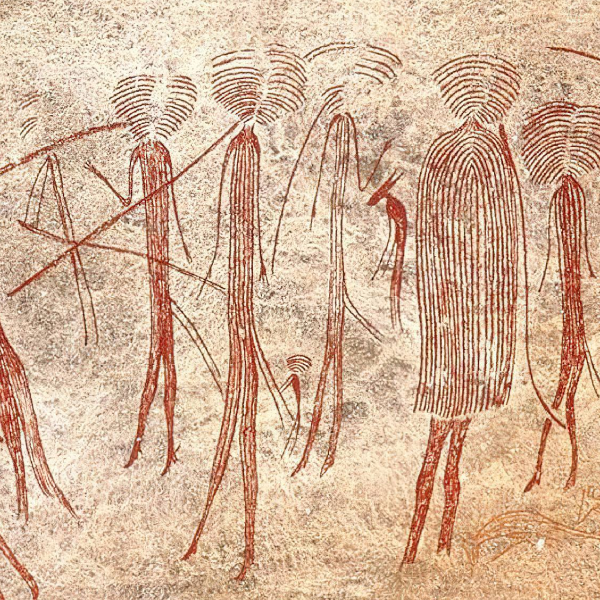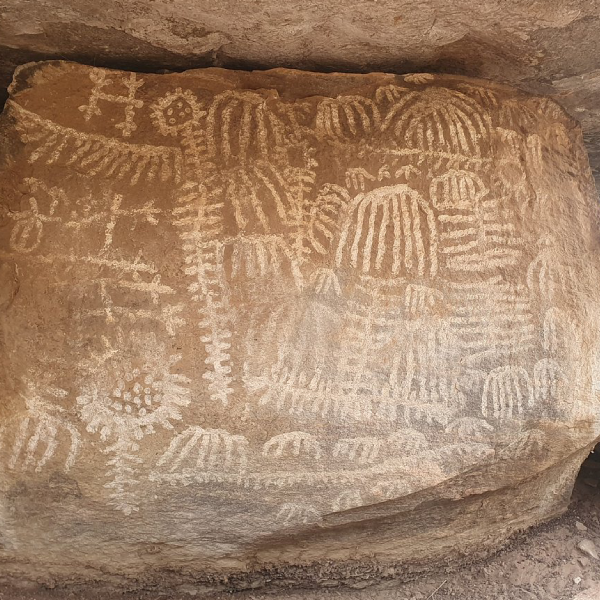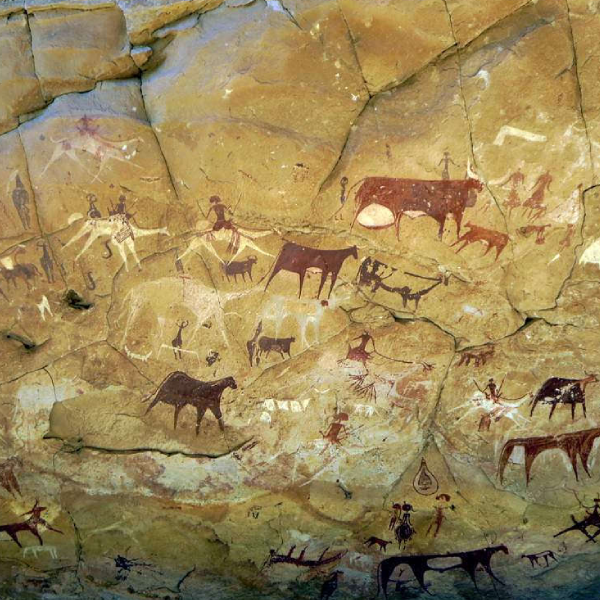The Kondoa Irangi rock paintings, located in central Tanzania, are one of the country’s most important archaeological and cultural sites. These ancient paintings, believed to be over 2,000 years old, offer a unique insight into the lives and beliefs of the region's early inhabitants. The site is renowned for its striking depictions of animals, human figures, and ceremonial scenes. It is a UNESCO World Heritage site and a must-visit for those interested in prehistoric art, history, and the cultural heritage of Tanzania’s central highlands.
Getting There
Kondoa Irangi is situated about 180 kilometres from Dodoma, the capital city of Tanzania, and can be reached by road. The journey takes approximately 3-4 hours by car or bus. Travellers can hire a taxi or opt for a guided tour from Dodoma, which is the nearest urban centre. The road to the site is generally well-maintained, but a 4x4 vehicle is recommended, particularly during the rainy season. Kondoa town, which is close to the site, offers basic accommodation for visitors.
What to Do
- Explore the rock paintings, which depict ancient life and beliefs in vibrant colours.
- Take a guided tour to learn about the historical and cultural significance of the paintings.
- Visit the nearby Kondoa Museum, which houses artifacts related to the region’s history.
- Enjoy the scenic landscape of the Kondoa Irangi hills and surrounding valleys.
- Take a nature walk around the site, exploring the rich flora and fauna of the area.
- Engage with the local Maasai and Barbaig communities, learning about their traditions.
When to Go
The Best Time to Visit Kondoa Irangi is during the dry season, from June to October. This period offers clear skies, mild temperatures, and less rainfall, making it ideal for exploring outdoor sites like the rock paintings. The dry season also provides better access to the site, as roads are more accessible and the landscape is at its most picturesque. If you prefer fewer tourists, the shoulder months of November and December also offer pleasant conditions for a visit. Avoid the rainy season (March to May) when access may be hindered due to wet conditions.










